In the early part of 2011, Sovereign Bleak walked into a German hospital and asked for a trauma kit. A medical assistant friend also stole some xylocaine — a topical anesthetic — from a local clinic. The two got together with a few others, cut open their fingers, inserted specially designed magnets and stitched themselves back up, recording the whole procedure. The high-quality video they produced has a happy score while going through the step-by-step process: numb, cut, install.
Sovereign Bleak is a grinder. This is grinding. In just a few years, it has made its way from the printed page to the scalpel’s edge.
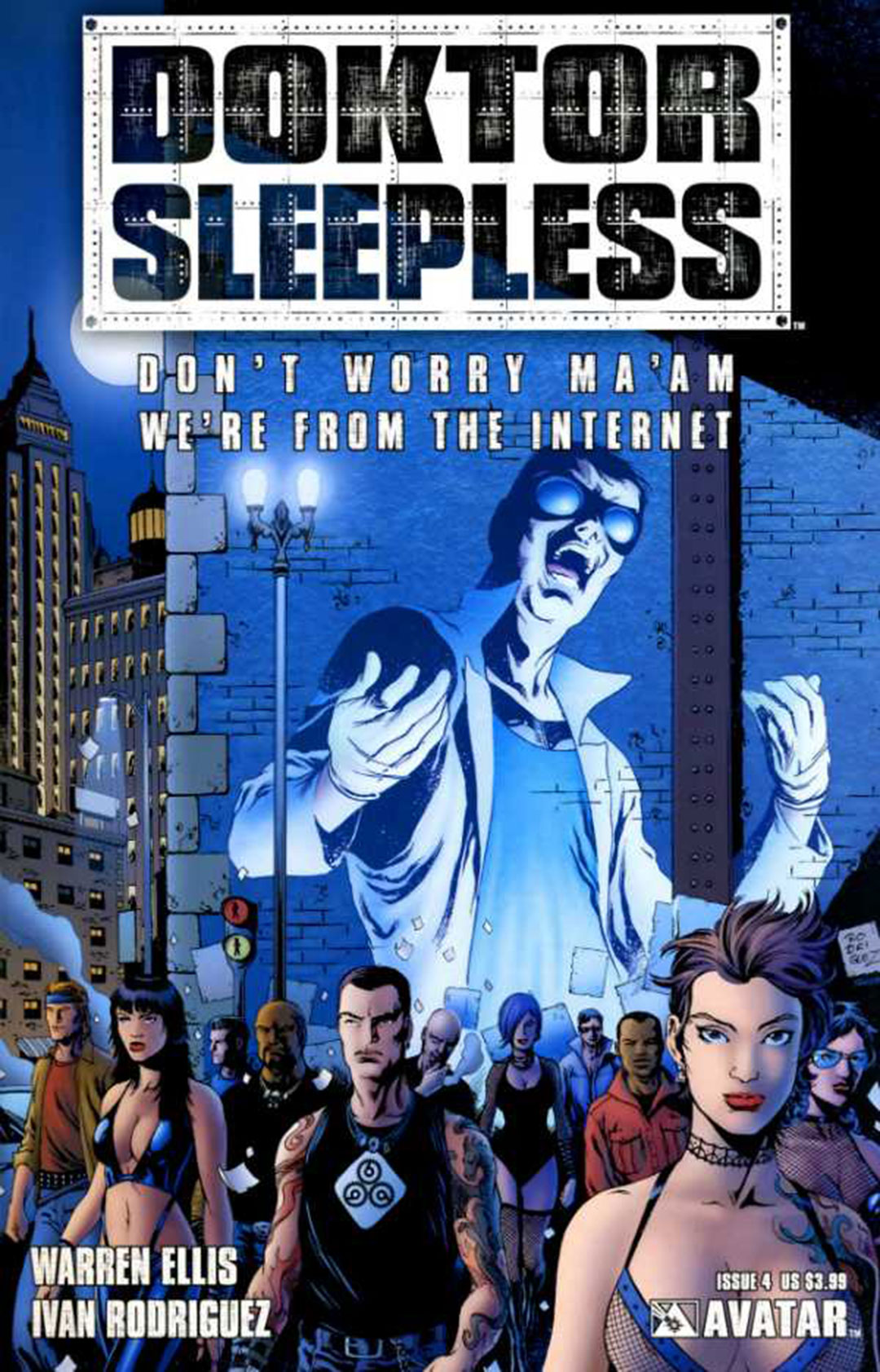
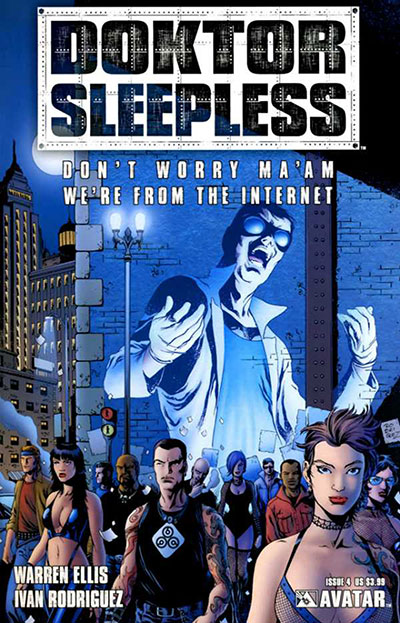
You are never going into space.
You will never own a jet pack.
Your car will never fly.
HIV will not be cured in your lifetime.
Cancer will not be cured in your lifetime.
The common cold will not be cured in your lifetime.
Don't these things bother you?
— Warren Ellis, LiveJournal Entry, April 18, 2007
Usually, a subculture starts in a particular societal splinter just far enough off the beaten path to find breathing room. Its members begin talking to one another, and eventually someone puts a name on it that sticks. The group hits a nerve or a style, and in time a journalist tells a bit of their story. Often, the writers who deal with subcultures act more as archaeologists than engineers, dredging up what's already been rather than creating what is to be.
Grinders — who are dedicated to bringing a cyberpunk tomorrow into reality today through DIY body modification — are different. They started with a name in the literary world and migrated seemingly backwards into reality. In 2007, comic writer Warren Ellis launched Doktor Sleepless, a series about the eponymous mad scientist and his apocalyptic plots. It's a stew of wild ideas — occult magic, implants, urban breakdown — set in a just-past-tomorrow era. The series, which lasted more than a year, is a bit hit or miss but with some truly fascinating moments and a heaping hodgepodge of speculative ideas. Central to Doktor Sleepless are grinders — the term originating from video games, where players “grind” their character through repetitive actions to reach a higher level of power. While identity overhaul has been a selling point of alternative cultures back to prehistory, Ellis’s grinders emphasized identity as a character sheet, with each capability up for modification, for upgrade.
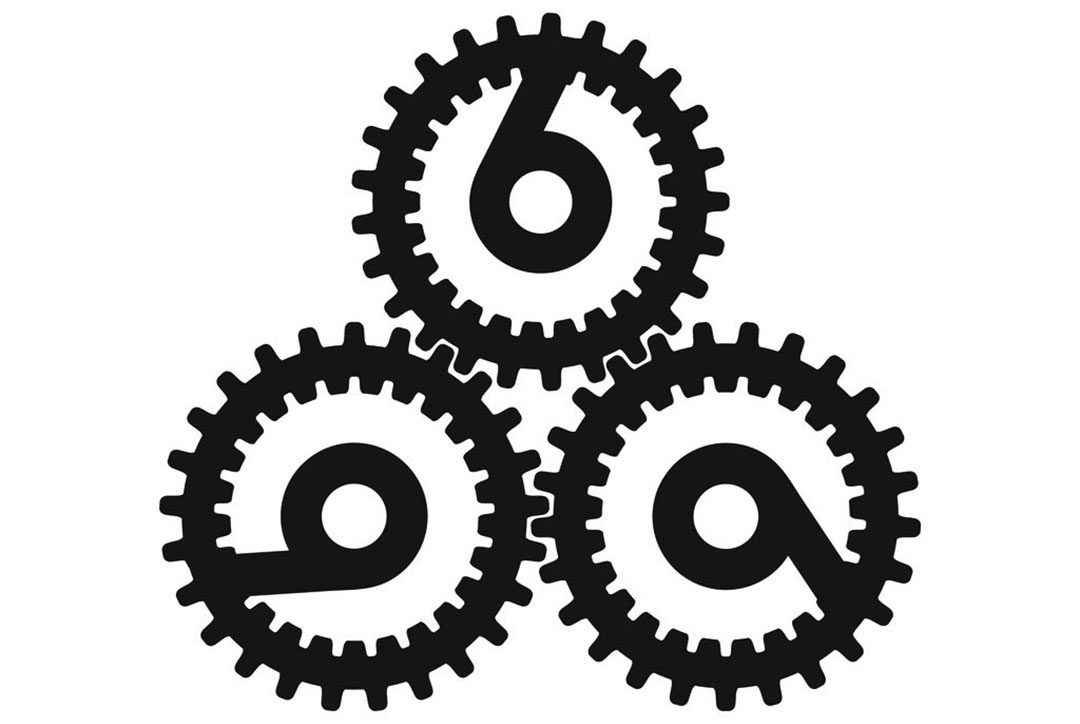

At the beginning of 2008, in issue four of Doktor Sleepless, Ellis put a web address, Grinding.be, into the series. If an enterprising reader chose to enter the URL into his or her browser, they found an actual site with this notice:
I have given this place over to a crack team of mental patients with the brief to discover and present The Future — particularly the “future” of DOKTOR SLEEPLESS and grinder culture — wherever it lays, in potential, in the soil of The Present. I said to them:
“Imagine: you want to be a superconnected, modified, new kind of human, and you consider your own body to be a work in progress, so you’re constantly looking for new things you can do to yourself (and others) while also keeping an eye on the collapsing planet around you because you want to have enough time to finish your body (or wish to use your many communications-technology devices to record it all as it collapses around your ears). That’s what you’re trawling for and gathering on grinding.be for others to keep up with.”
Doktor Sleepless went on hiatus five years ago. Grinding remained. It's still here, and it's spread.
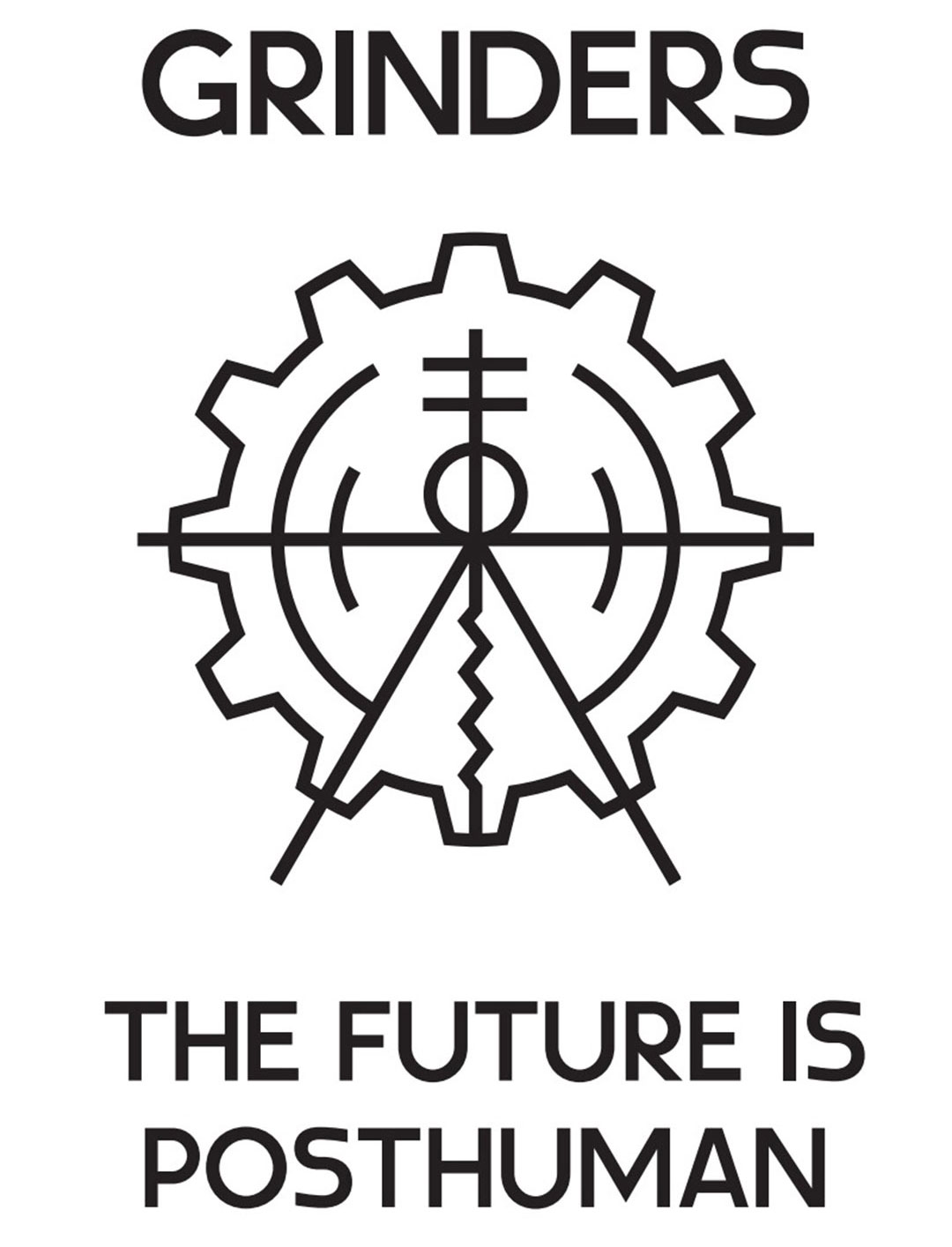
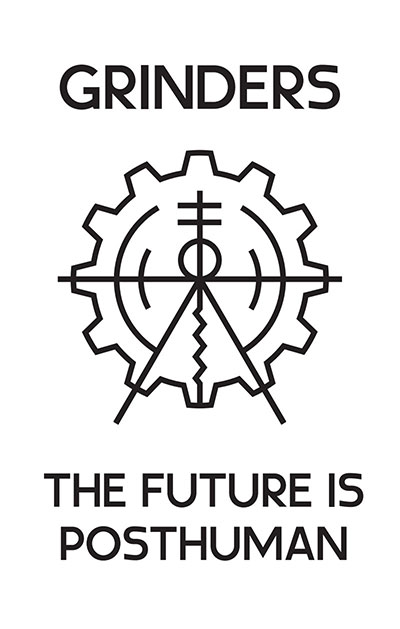
Ellis wasn't working from a blank slate, of course. He's careful about his particular knife-in-gut variety of futurism, so his work usually draws from stuff that's at least percolating out there already, with a little mutation spliced in. By the time Ellis penned Doktor Sleepless, Kevin Warwick, a professor of cybernetics at the University of Reading, had already embedded an RFID tag in his arm in 1998 and followed it up with sensors in 2002. Warwick, it should be noted, had the benefit of a university setting and a medical team. On the more “scrapheap” side of things, Lepht Anonym was practicing with DIY sterilization and cutting into her own fingers in her bathroom.
Even the magnets-in-fingers bit was hardly unknown at the time of Ellis’s writing: The particular magnets were developed by body modification artists Jesse Jarrell and Steve Haworth in the mid 2000s, and journalist Quinn Norton had them implanted in her own fingers in 2006. (They were later removed due to health concerns.)
The body modification and BDSM subcultures have long histories of pushing the flesh to fairly extreme states, sometimes permanently; modern psychonauts and occultists have decades of accumulated experience putting their minds in altered states; hackers concentrate on using technical skills to break technical systems. All of these focus on shifting and creating identity, contributing to the incredibly fluid attitude many grinders have towards their own selves.
The “mad crew of mental patients” Ellis assembled on Grinding.be includes three major contributors: m1k3y, Emily Dare and Spiraltwist.
For Australian biohacker and futurist m1k3y, grinding was just the latest iteration of the cyberpunk culture that had fascinated him “since I found an old copy of OMNI magazine in my local library.” He taught himself to program on a Commodore 64 and read copiously. “We've gone from cyberpunk as roleplay in the early ‘80s — people posing with power gloves — to life in an actual future-present dystopia,” m1k3y writes in an email about his reasons for joining the Grinding.be blog. “Cyberpunk was meant to be a warning, a glimpse into a future we should be trying to avoid. But here we are: People are implanting tech, not just dressing up with consumer goods.”
Emily Dare (then writing as Kevin Schmidt) came to grinding through the occult and psychedelics, and found the idea of writing about a subculture that didn't quite exist yet fascinating. “Our role was to find where this subculture might exist and act as though it had been going on for ages — find this pattern and give it name,” she remembers. “My specialty was drugs and the weird consciousness-meddling that comes with various occult systems.” She adds with a laugh, “I grew up goth,” noting that body modifications, at least tattoos and piercings, were already a regular part of her life. Six months ago, Dare had a professional piercer implant magnets in her finger tips; all five fingers on her right hand have them, and they're still in.
“I got the gig because I was persistent,” Spiraltwist, who was active on Whitechapel (a forum on Ellis’s website) says of joining Grinding.be. “The fact that [grinding] can become reality is awesome.” She aggregated images and videos for the blog, and notes that her main experience remains online as she lives “out in the middle of nowhere.”
I encountered all three of Grinding.be’s major contributors while following Ellis's work in the mid 2000s and writing for the alt-culture magazine Coilhouse. Sovereign Bleak (unrelated to Grinding.be but inspired by it) actually got their name from, of all things, a 2010 essay I did for Coilhouse on the emergence and eventual dominance of the unhappy ending in science fiction. They — Sovereign Bleak flits back and forth between identities, singular and plural, declaring that the “he/she/it” is a bigger concept — liked the name and thought that the biohacker identity that they were building could stand a bit of lordly swagger, some “pomp and bombast.”
“Sovereign Bleak was my first big performance,” they explained in an online interview. “I have always dreamed of the future. The grinder subculture felt like the first wave of future to hit that was the jet packs we were promised — by science fiction, by film, by art.”


In their first attempt, Sovereign Bleak installed three magnets with varying success. “One of my insertions went infected, and the magnet pushed out over the next week,” they recall. “The other magnet slipped out before I had even sutured the wound closed.” But one stayed in, and it's there to this day, allowing Sovereign Bleak to feel electromagnetic fields as the metal inside their flesh shakes or tugs.
“It's not like it gave me superpowers,” they say. “It's a very subtle degree of extra-perception: I can tell when a wire is live, I can usually find bolts in the wall. But it's very interesting how it integrates. You get used to it very quickly. Sometimes I reach for things with my unmodified hand and get weirded out because I don't have that sensation. ... I'm thinking about getting more.”
In the years following Sovereign Bleak’s implants, other grinders have had greater success with magnets, relying on more professional methods and the lessons of those who came before. In their eyes, the magnets are a first step, a proof of concept. “It's simple and sort of gets the point across,” Emily Dare explains. “It's relatively painless, to be honest, but it has a large perceptual impact with a very simple alteration.”
Grinders are nothing if not hands on. They are a return to the pioneering days of Newton putting a knife into his eye or, more recently, Albert Hoffman trying LSD — scientists curious about a chemical or procedure who choose to start their investigations with their own flesh.
But that’s not all grinding is about. “The body mod is symbolic of the grinder mindset, but not dependent on it,” says m1k3y. “Implanting tech is cool. So is meditation and yoga. So is fasting and diet hacks and supplements. Start combining them together, now that's interesting.”
Grinders, grinds and grinding provided a vocabulary and a centerpiece for these pioneering efforts. The name stuck, and the subculture grew. Today, grinders are starting businesses, funding future foods, swapping tips, chipping in for collective labs and getting some real attention from the media. And yes, they are also cutting themselves open and installing magnets or, more recently, sensors.
But while the grinder community has grown, further progress remains elusive. Barriers in medicine, technology and resources leave them facing real decisions about their direction. In some ways, they remain the children of a future that's still not quite here yet.
While there's certainly no lack of gung-ho on grinders’ parts, getting to that jet pack tomorrow remains a tricky process. Beyond magnets, things get difficult unless grinders tolerate of a high rate of fuck-ups and casualties — and right now, even fringe members have more cautious heads on their shoulders than that. Of the people interviewed for this piece, including those who originally pushed grinding as a worldview, only two have grinder-style modifications and they're both magnets.
“Quite frankly, there aren't a lot of functioning mods along the lines of magnets,” Emily Dare admits. “It's successful, it's reproducible. There aren't a lot of things in that same niche.”
Spiraltwist also notes who grinding leaves out: “Anyone who's in a rural area, who doesn't have faster Internet and anyone who's not the younger set.” She works in a lab and says that while she wants modifications — some form of implanted data storage, particularly — they are out of the question for the time being. “It's not a matter of I don't want to,” she explains. “I have tons of ideas, but there's equipment I can't touch with magnets.” In her eyes, despite grinders' perpetual desire to leap forward, the subculture still has a way to go: “A lot of this you can't do cheaply. You need a clean room, you need engineers, you need designers. It's complicated. … I think we will get there, but we’re not there yet.”
While the future might not be here yet, parts of the prologue are certainly being written. Recently, Tim Cannon, another grinder, implanted a sensor array about the size of a pack of cards under his flesh; the “Circadia 1.0” monitors his vital signs and can transfer that data to any Android device. Cannon is also one of the founders of the Pittsburgh-based Grindhouse Wetware, a company offering kits for modifications and funding further experimentation. The revenue and structure allow them to push a bit farther; they're already laying the groundwork for human trials with fullerene, a carbon molecule that some believe may help extend lifespan, and implant-controlled LED arrays.
Grinding groups are also reaching out with crowdfunding, a method that, if it works, might help them retain the communal ethos that's helped the subculture expand. The Soylent project, a futuristic food replacement lauded by some in the grinder community, offers both encouragement and cautionary tale: The project raised over $750,000 through crowdfunding and another $1.5 million from venture capital firms; a later investigation, however, found that while Soylent was fine nutrition wise, the company's warehouse wasn't exactly the most hygienic place.
Despite her skepticism about grinding's current limits, Spiraltwist believes many of the technologies they're pioneering will end up integrated into everyday life: “It will be there when you take the bus, drive your car, ride the tram. That will happen once it's affordable.”
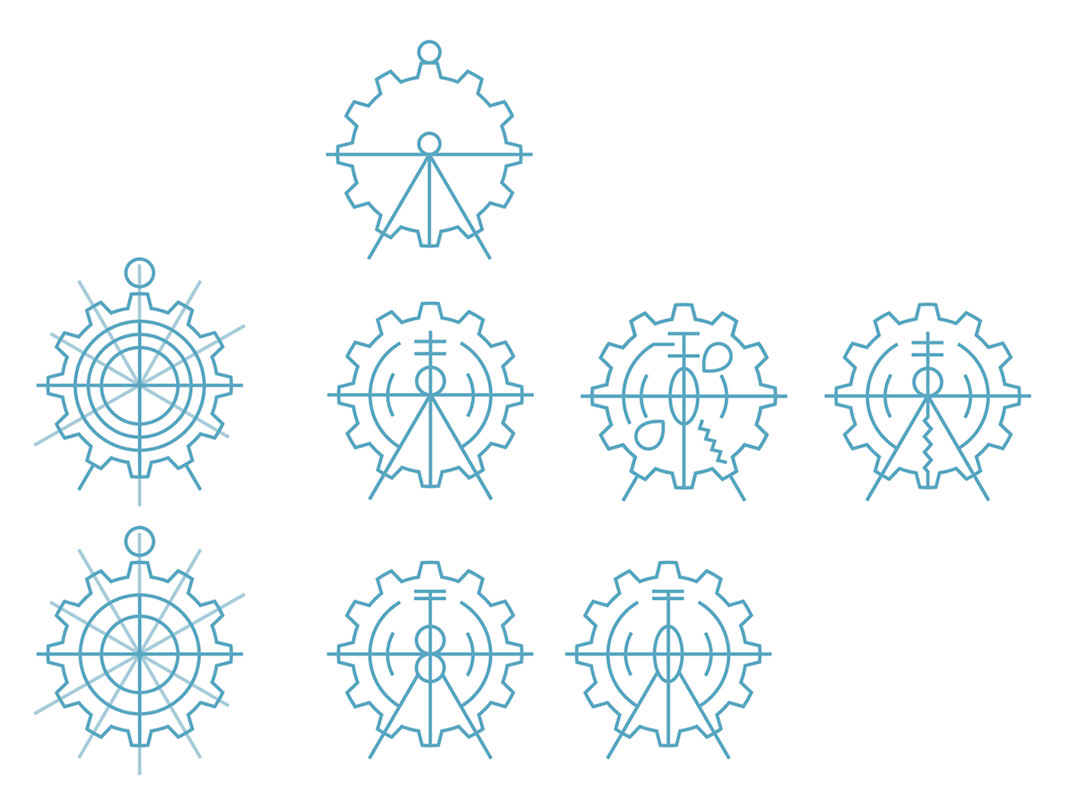

As any subculture grows, dividing lines become more apparent, disagreements harder to ignore. Most grinders come from either apolitical viewpoints (Sovereign Bleak are specific that they don't identify with any ideology) or the more anti-establishment parts of the left — “No Gods, No Masters, No Level Cap,” says m1k3y, spinning the old anarchist saw. From the start, Emily Dare says she's seen the subculture take in refugees from the slicker variety of transhumanism and “get a lot of people who are part of the H+ crowd, but are turned off by the uber-capitalism, who don't want to have to buy this.”
“There's definitely a drive to explore these technologies,” she explains, “but also to keep them open to anyone who wants to go and work with them. That's very different than making them proprietary or taking them off open source. ... There are people who want to go towards the funding, but there are a lot of grinder anarchists.”
And that's where the tension comes in, or as Spiraltwist puts it: “You already have people willing to do nearly anything, but it's all back around to: Where's the money going to come from? … The resources are already there with the garage scientists, the expertise from the piercers, the body modification subculture. But for it to really go mainstream, a company's going to have to step in. There are people who still freak out at a bellybutton piercing; to accept putting tech into their bodies is going to take resources and time. If someone can find a way to make it cheap enough and have it make money, then I see it really it taking off. ... You're going to have the grinders who want to build it and use it, and the average person who just wants to use it and doesn't care what it's about — that's who a company is going to serve.”
The divides don't end there: Some figures, especially in the overlapping transhumanist subculture, are adherents to neoreaction, a school of thought so far right it seeks to bring back monarchy and traditional gender roles (although followers remain blessedly short on concrete efforts to actually do so). The Extreme Futurist Festival, for example, was founded by avowed neoreactionaries Michael Anissimov and Rachel Haywire in 2011 (though Haywire recently disavowed neoreaction). At the 2012 festival, Emily Dare attended and Grindhouse's Rich Lee and Tim Cannon spoke. But in a hyper-politicized era, it's a very open question of how long that cohabitation will last. m1k3y, who has no lack of speculation about possible societal collapses, admits he considers the neoreactionaries' goals and “can't imagine anything more terrible.”
As for his own vision, beyond magnets and garage science, the sky's the limit: “Saving the world as penance for the sins our fathers, building a life worth being near immortal in, then exploring the galaxy. It's a plan.”
David Forbes is a journalist and writer based in Asheville, North Carolina. He spends way too much time investigating the bleak parts of the present for local papers and the stranger parts of history, politics and culture for his own curiosity. He’s written for NSFWCORP, Sunlight Foundation, Coilhouse and his own intermittently updated blog, The Breaking Time, among others.
(Image credits, from top: Doktor Sleepless; Doktor Sleepless; Sovereign Bleak; Sovereign Bleak; Sovereign Bleak)